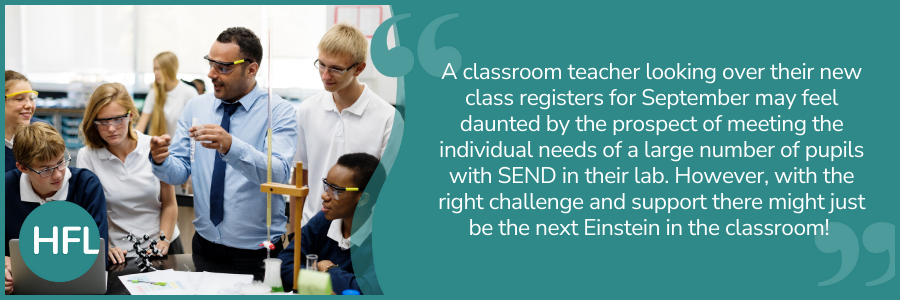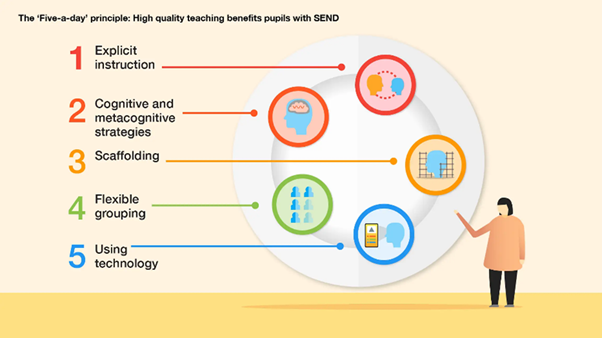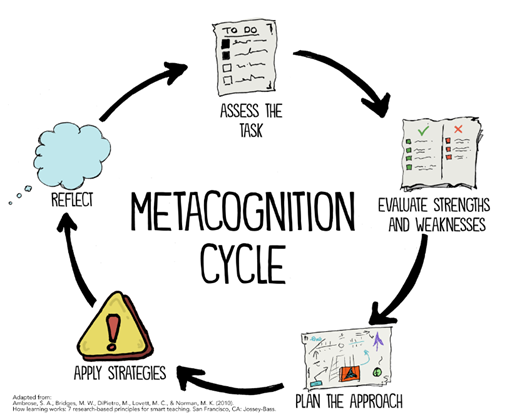
Question: What do Albert Einstein, Chris Packham, Jazmin Scarlett, and Sarah Rankin all have in common?
Answer: All of them were pupils with SEND who have gone on to have outstanding careers in science.
- Albert Einstein, Physicist, dyslexia
- Chris Packham, Naturalist & tv presenter, autistic spectrum disorder
- Jazmin Scarlett, volcanologist, juvenile arthritis
- Sarah Rankin, Stem cell biologist, dyslexia & coordination disorder
- For more information see: The Royal Society – Celebrating Scientists with disabilities
A classroom teacher looking over their new class registers for September may feel daunted by the prospect of meeting the individual needs of a large number of pupils with SEND in their lab. However, with the right challenge and support there might just be the next Einstein in the classroom!
The number of pupils identified with SEND has increased by 87,000 since 2022 in English schools. (ONS 22nd June 2023) In secondary schools alone this number has increased by almost 24,000. Numbers have increased for the 6th consecutive year and there are now over 1.5 million pupils identified with SEND ranging from the most significant and complex to comparatively minor in English schools. (Ofsted Research & Analysis: Supporting SEND). Most of these pupils attend mainstream schools and are entitled to a broad and balanced curriculum, which includes challenge, high expectations and builds aspirations. It is important to ensure that the curriculum is not made easier but that students receive the right adaptations to the curriculum and high-quality teaching so that they are able to access new learning.
How can we ensure that our delivery of the Science curriculum enables our pupils with SEND to be successful?
Helping students to break down science knowledge and tasks is a key step in supporting them to be successful scientists. Rob Butler (ASE) describes sensible strategies to manage cognitive load for pupils with SEND during practical work. Adam Boxer (RSC) talks about the benefits of the slow practical. Whilst recognising the need for individual risk assessment for pupils with SEND, (CLEAPSS guidance, G077) there are many similarities between the two approaches which suggests that strategies which improve outcomes for pupils with SEND will also improve outcomes for all pupils. Teachers should feel reassured that high quality teaching for students with SEND does not come at a cost to other students.
When teachers and support staff use strategies and approaches which effectively meet the needs of pupils with SEND, they will also be meeting the individual needs of all pupils, thereby improving the quality of teaching and learning for everyone.
Alex Grady (Head of whole school SEND at Nasen)
The EEF (Education Endowment Foundation) has said “to a great extent, good teaching for pupils with SEND is good teaching for all.” They have identified five specific approaches, which are particularly well evidenced, as having a positive impact on pupils with SEND.

Here we focus briefly on one aspect and discuss the importance of metacognition as an example. The EEF states that the use of ‘metacognitive strategies,’ which involves pupils thinking about their own learning, can be worth the equivalent of an additional +7 months’ progress when used well.
A good starting point for developing metacognition in secondary science teaching is to focus on using the cyclical 'plan, monitor, evaluate and regulate' as a structure. Adapted here by John Spencer: Five ways to boost metacognition in the classroom.

This can be used in science lessons alongside complex calculations, practical activities, and evaluations, allowing students to be systematic and strategic in problem solving. This supports the learning of disciplinary knowledge and working scientifically, which is embedded throughout the secondary science curriculum.
Supporting pupils with SEND to use the metacognition cycle in their approach to scientific tasks enables them to break down the process and reduce cognitive overload.
A very brief overview of questioning to support pupils in working through the cycle is shown here:
Stage of metacognition cycle | Suggested questions for pupils | What does this look like in a science lesson? (Year 7 making an onion cell slide) |
| Assess | What do I need to accomplish this task? What prior knowledge do I have? | What practical equipment does my group need? Who will collect what? How do I carry a microscope? What is a cell? How is a plant cell different to an animal cell? What does a plant cell look like? Why will an onion cell have no chloroplasts even though it is a plant cell? |
| Strengths and weaknesses | What new knowledge do I need to find out and what skills do I have or need to develop here? | How do I make the onion cell slide? How do I use a microscope? How do I focus a microscope? Why do I need to use iodine on the slide? How do I draw the cell from a microscope? How do I calculate total magnification? |
| Plan the approach and apply the strategies | What do I need to do to get to the (successful) outcome? How will I apply the skills that I have learnt? | Can I name the parts of a microscope? Can I recognise and name the organelles in a plant and animal cell? Extension activities: Can I identify organelles in unfamiliar cells? Next lesson: Can I use similar techniques to look at cheek cells? |
| Reflect | How am I doing along the way? What would I have done differently? | Does my drawing look in proportion to what can be seen down the microscope? Write an evaluation, how good was my slide? At what magnification could I see the cells the best? How could I improve my scientific drawing? Did I calculate the magnification correctly? |
Teachers explicitly modelling this thinking for the pupils and walking them through the cycle supports them in embedding the process and applying this questioning to further scientific tasks. Alongside this cycle the other EEF recommended strategies such as scaffolding and explicit instruction should take place. Watch out for future updates on this.
This is just an example of how one of the recommended ‘five-a-day’ approach can be used within your science lessons to ensure that high-quality inclusive teaching is delivered.
If you would like more information about, SEND, Secondary Science or the Secondary Science conference please contact:
Joanna.Conn@HfLeducation.org Secondary Science adviser
Anna.Mapley@HfLeducation.org Secondary Science adviser
Becky.Rothwell@HfLeducation.org SEND adviser.


